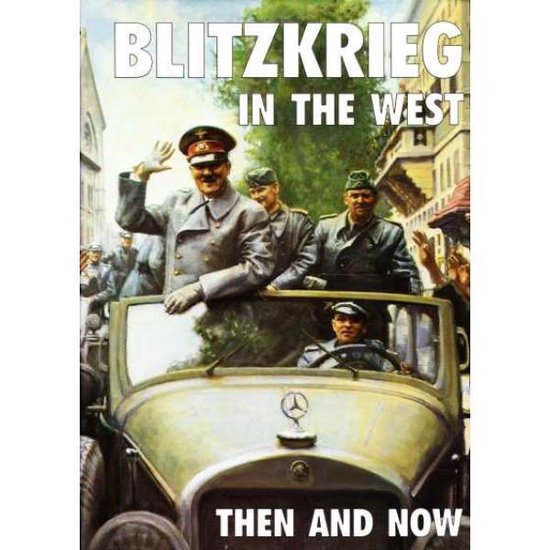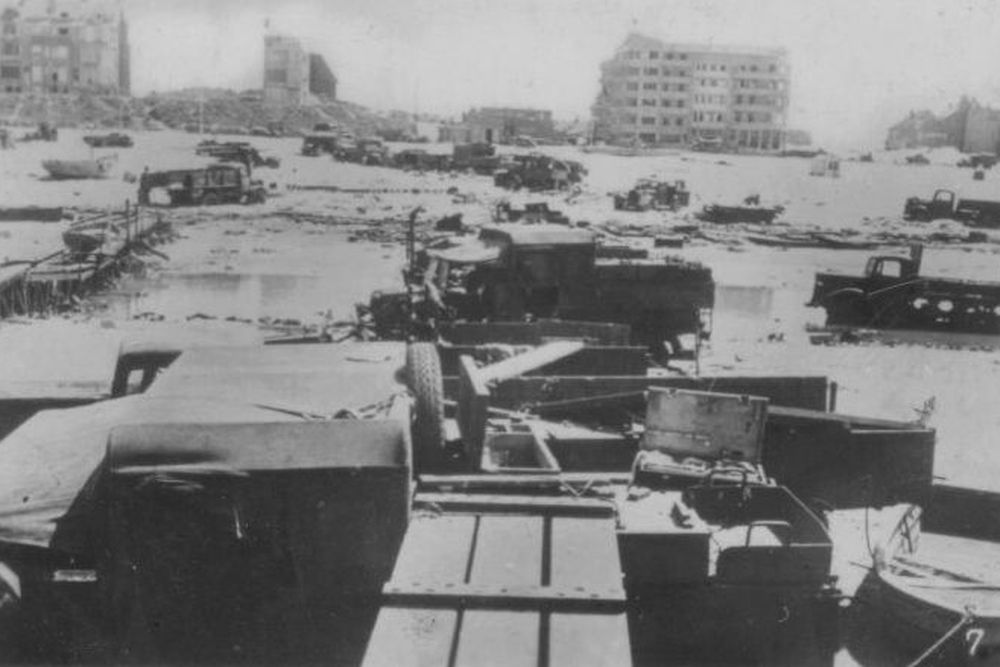French War Cemetery Kapelle
The French War Cemetery is located right next to the Municipal Cemetery in Kapelle.
At the entrance there is an information sign with the text:
"Kapelle French Military Cemetery.
230 French soldiers who died in the Netherlands in World War II are buried on this plot. France came to the Netherlands as an Allied ally during the war days in May 1940.
A large number of soldiers of the 60th and 68th division D'infanterie died in this province during the German attack on South Beveland and Walcheren. The French fought with us, even after the Dutch capitulation on May 14, 1940 from which Zeeland was excluded, in the positions near the canal through Zuid-Beveland, in the defense of the Sloedam and Arnemuiden and Vlissingen. In fierce rearguard action to secure the crossing of the French troops to Breskens, one of the division commanders died at Vlissingen.
On February 28, 1944, a reconnaissance operation took place to German coastal fortifications north of Scheveningen. It was carried out by six members of the 1st battalion of the Fusiliers Marine commandos (No. 10 Interallied Command), who all died. Their commander, a captain of the marines and a command stayed here in this earth. At the beach of the Wassenaar battle, a memorial commemorates this commando action.
This site also contains a number of graves of soldiers of the 2nd and 3rd regiment of chasseurs paratroopers, who died in April 1945 during the liberation of the Netherlands in Drenthe, where they had jumped behind the German lines for the advancing Allied troops. Their banner was decorated with the Dutch bravery award DE BRONZEN LION.
In total, more than 600 French soldiers lost their lives in, near or above the Netherlands in the May days of 1940 and the war years thereafter. Their names are immortalized on the monument. Many were reburied in their homeland after the end of World War II, many also remained unknown."
An information sign with the following text has also been placed at the North African graves:
"North African soldiers in the French army
The French army traditionally consisted of soldiers of various nationalities.
French colonies in North Africa provided many immigrant troops. In some army units complete Moroccan and Algerian regiments were created. In Zeeland, these regiments did not participate in the fighting in May 1940. North African soldiers served here in regular army units. When the French army collapsed in May 1940, tens of thousands fled from Dunkirk to England. German planes sunk several ships with troops in the canal. Most of the passengers drowned. Many of the remains of French soldiers buried in this cemetery washed up on the Dutch coast in the summer of 1940. About a hundred of them had no identification whatsoever. Most soldiers of North African origin who are buried here also died in the sea. Some died on Dutch soil later in the war. The North African military are honored with a crescent-shaped monument in the shape of a crescent.
On the island of Schiermonnikoog are 22 graves of French soldiers;
one of these is of North African origin."
There are two memorials at the cemetery.
Do you have more information about this location? Inform us!
Source
- Text: Mia van den Berg
- Photos: Arjan Vrieze
Related books
Nearby
Museum
Point of interest
Monument
- Memorials French War Cemetery Kapelle - Kapelle
- War Memorial Kapelle - Kapelle
- War Memorial Biezelinge - Biezelinge
Cemetery
- Dutch war Grave Kapelle - Kapelle
- Commonwealth War Grave and War Memorial Kloetinge - Kloetinge
- Commonwealth War Grave Kattendijke - Kattendijke
Remembrance Stone
Fortification
- MG Bunker no.1 Yerseke - Yerseke
- Dutch MG Bunker Yerseke bunker 2 - Yerseke
- Tobruk Stp Hindenburg Hoedekenskerke - Hoedekenskerke










